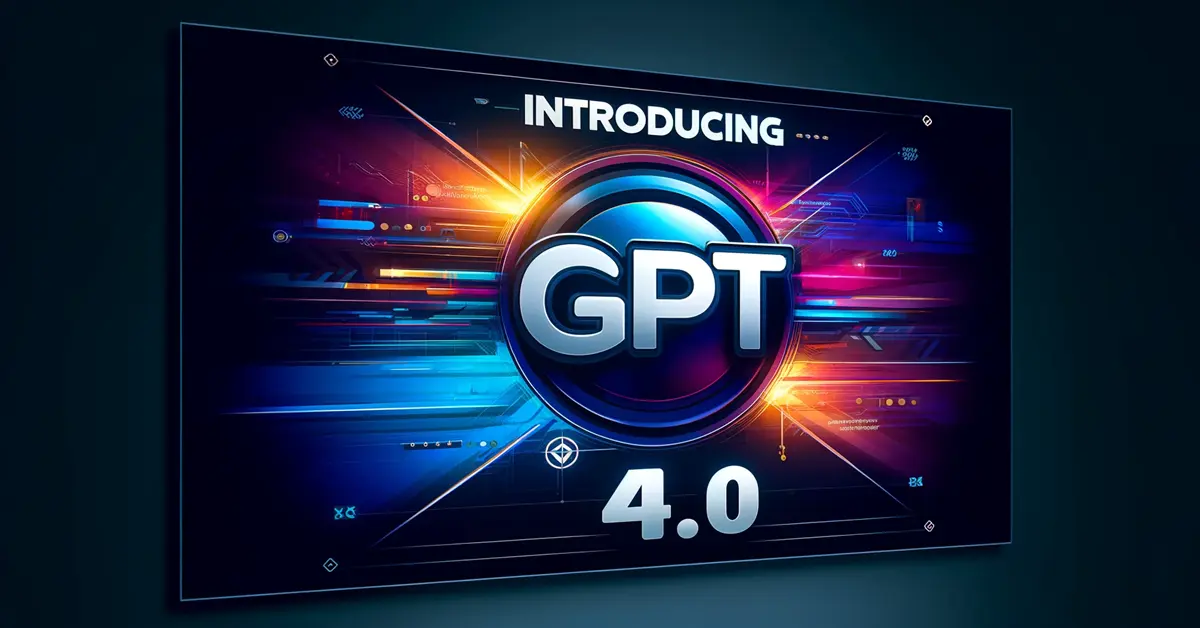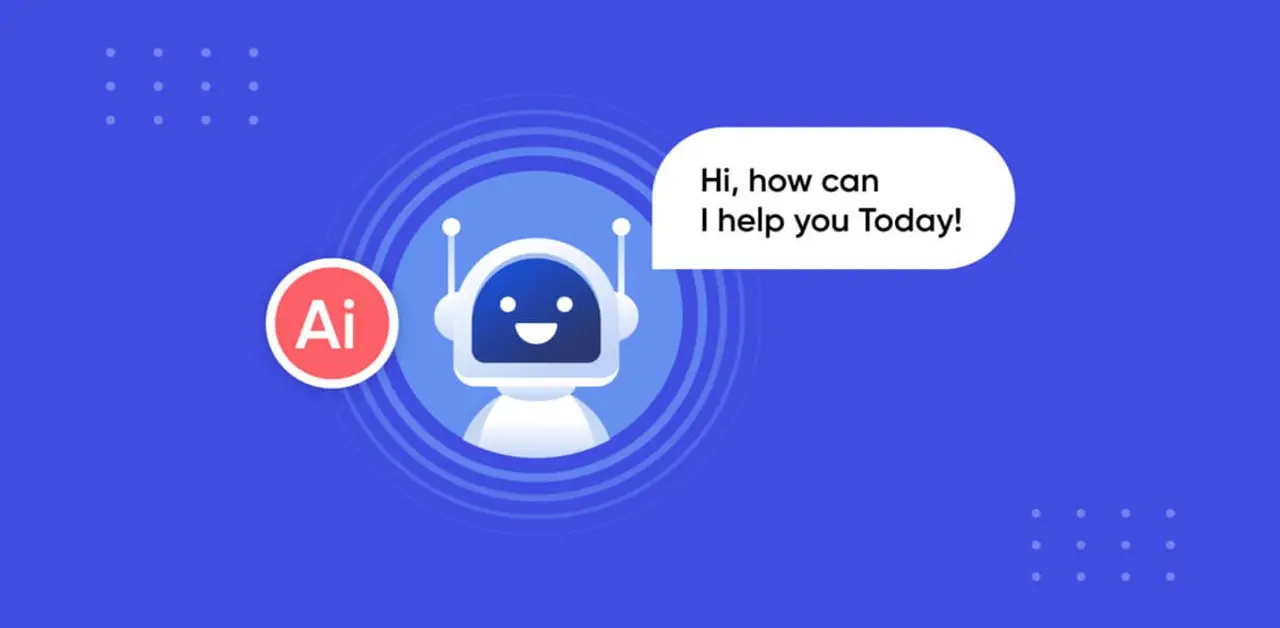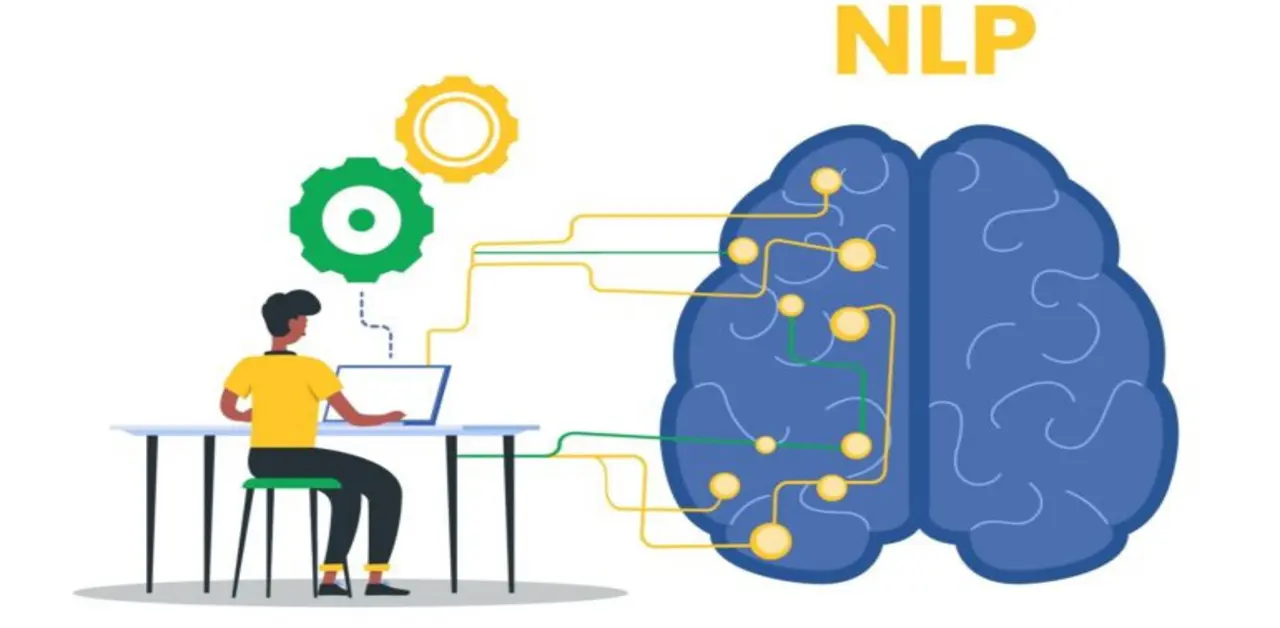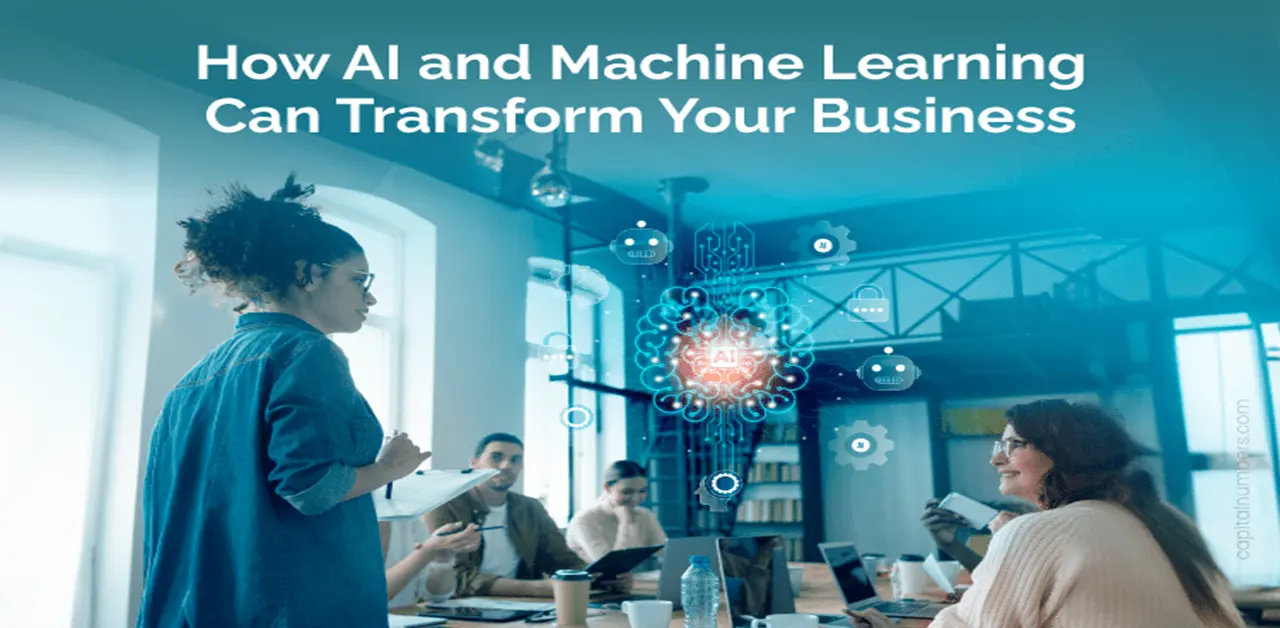The field of artificial intelligence is experiencing a period of rapid advancement, constantly pushing the boundaries of what machines can understand and achieve. OpenAI’s latest offering, GPT-4o, represents a groundbreaking leap forward in large language models (LLMs), promising a paradigm shift in how humans interact with computers. This new model transcends the limitations of its predecessors, ushering in an era of richer, faster, and more natural communication with machines.
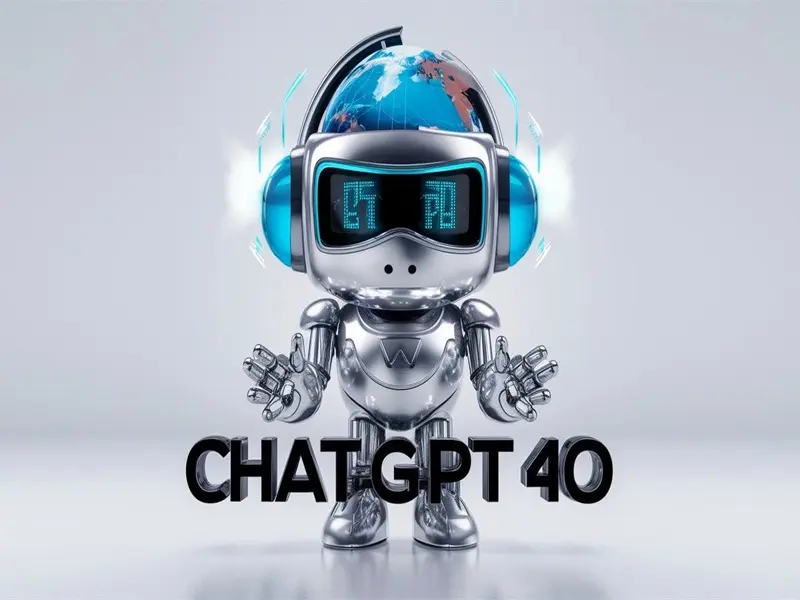
A Multimodal Approach: Understanding the World Beyond Text
One of the most striking features of GPT-4o is its ability to process and respond to a multitude of inputs. Unlike previous models that were primarily text-based, GPT-4o seamlessly handles a combination of text, audio, and image data. This multimodal approach allows the model to grasp context with greater depth and nuance. Imagine having a conversation where you can not only type but also show an image or even hum a melody, and the AI can understand and respond accordingly. This opens doors for a plethora of exciting applications:
- Intuitive Search Engines: Search engines that can interpret visual queries alongside text, allowing users to find information more effectively.
- AI Assistants with a Wider Range of Senses: AI assistants that can comprehend spoken instructions, analyze images, and respond with relevant information or actions.
- Enhanced Educational Tools: Personalized learning experiences that cater to different learning styles, using audio recognition for pronunciation feedback and image analysis for visual aids.
Speed and Efficiency: Real-Time Conversations with AI
Furthermore, GPT-4o boasts significant improvements in speed and efficiency. Traditional LLMs could often feel sluggish, with response times lagging behind natural conversation. GPT-4o tackles this issue head-on, delivering responses at speeds comparable to human interaction. This real-time responsiveness fosters a more engaging and dynamic user experience, making interactions with AI assistants and chatbots feel less robotic and more akin to conversing with another person.
The benefits extend beyond mere interaction speed. OpenAI has made GPT-4o considerably more affordable through the API, slashing the cost by 50% compared to its predecessor, GPT-4 Turbo. This price reduction makes this powerful technology more accessible to developers and researchers, paving the way for a wider range of innovative applications.
Beyond Text: A Master of Many Domains
While GPT-4o excels in text-based tasks like reasoning and coding, where it maintains the high standards set by GPT-4 Turbo, its true strength lies in its enhanced understanding of audio and visual information. Speech recognition across various languages witnesses a dramatic leap in accuracy, making communication with AI systems in different tongues a seamless experience. Similarly, GPT-4o demonstrates exceptional prowess in understanding visual data, setting new benchmarks on image recognition tasks.
The implications for various industries are vast. Educational platforms can leverage GPT-4o to create personalized learning experiences that cater to different learning styles. In the customer service domain, AI-powered chatbots equipped with GPT-4o could handle complex inquiries with greater accuracy and empathy, leading to a more satisfying customer experience. Here are some specific examples:
- Education: Language learning apps that can analyze pronunciation through speech recognition and offer real-time feedback.
- Customer Service: AI-powered chatbots that can understand the emotional tone of a customer’s voice and respond with empathy.
- Media and Entertainment: Personalized recommendations for movies and shows based on a user’s preferences, gleaned from both text and image analysis.
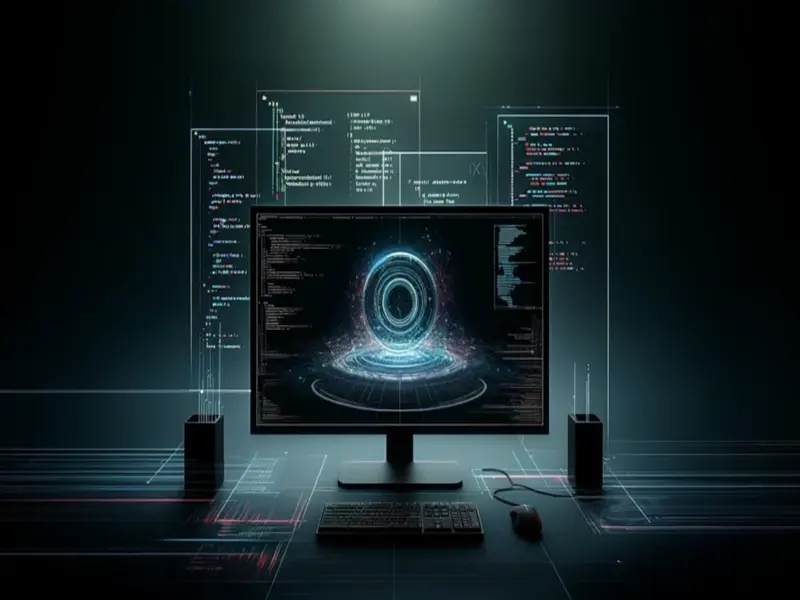
Prioritizing Safety: A Responsible Approach to AI Development
OpenAI prioritizes safety as a core principle in their development process. GPT-4o is meticulously trained on filtered data and undergoes rigorous post-training refinements to mitigate potential risks. Additionally, voice outputs are currently limited to pre-selected options, ensuring a controlled environment for user interaction. OpenAI acknowledges the inherent limitations of GPT-4o across all modalities and welcomes user feedback to continuously improve the model’s capabilities.
A Staged Rollout: Unveiling GPT-4o’s Capabilities
The rollout of GPT-4o functionalities is a staged process. Currently, ChatGPT users can experience the text and image capabilities of GPT-4o, with an upcoming alpha version of Voice Mode powered by the new model available for Plus users. Developers can leverage GPT-4o’s text and vision functionalities through the OpenAI API, with the promise of future access to its audio and video capabilities once proper safety measures are established.
The Future of GPT-4o: A Canvas for Innovation
OpenAI’s commitment to responsible development ensures GPT-4o is a powerful tool used for good. Their ongoing research and collaboration with external experts will continue to refine the model’s safety and capabilities. As GPT-4o matures, we can expect to see its applications flourish across various sectors.
The Democratization of AI: Empowering Developers and Businesses
The affordability of GPT-4o through the API opens doors for a wider range of developers and businesses to leverage its capabilities. This can lead to a wave of innovation in various fields, with some potential applications including:
- Content Creation: AI-powered tools that can assist writers, artists, and designers by generating creative text formats, images, and music based on user prompts.
- Scientific Research: GPT-4o’s ability to analyze vast amounts of data from different sources (text, audio, and visual) can accelerate scientific discovery and innovation.
- Product Development: AI assistants that can analyze customer feedback (text, voice, and social media sentiment) to inform product development and marketing strategies.
Redefining Human-Machine Collaboration: A More Seamless Partnership
The ability to interact with AI through various modalities (text, speech, and images) fosters a more natural and intuitive human-machine collaboration. Here’s how GPT-4o can potentially transform different work environments:
- Design and Engineering: Architects and engineers can use GPT-4o to create 3D models and simulations based on natural language descriptions and sketches.
- Manufacturing: AI-powered robots equipped with GPT-4o can receive spoken instructions and respond to visual cues, streamlining production processes.
- Healthcare: Doctors can utilize GPT-4o to analyze medical scans and patient data (text, audio recordings, and medical images) to improve diagnoses and treatment plans.
The Road Ahead: Challenges and Opportunities
While GPT-4o represents a significant advancement, challenges remain. Here are some key areas that will require ongoing focus:
- Bias and Fairness: Ensuring GPT-4o’s outputs are free from biases present in the training data is crucial. OpenAI will need to continuously monitor and mitigate potential biases as the model is exposed to more real-world data.
- Explainability and Transparency: Understanding how GPT-4 o arrives at its outputs is essential for building trust and ensuring responsible use. OpenAI will need to develop methods for users to understand the reasoning behind the model’s responses.
- Cybersecurity and Malicious Use: As with any powerful technology, there’s a potential risk of malicious use. OpenAI will need to implement robust safeguards to prevent GPT-4o from being used for harmful purposes.
Despite these challenges, the potential benefits of GPT-4o are vast. OpenAI’s commitment to responsible development and collaboration with the wider AI community paves the way for a future where this technology empowers individuals and organizations to achieve remarkable things. As GPT-4o continues to evolve and its capabilities expand, we can expect to see a new era of human-computer interaction emerge, one that is more natural, efficient, and transformative.

